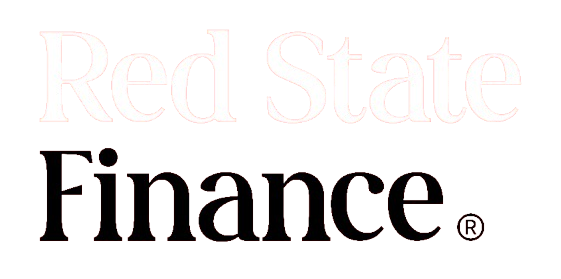Mercedes-Benz Expands EV Charging Access with Tesla Partnership
A Game-Changer for EV Drivers
In a significant move for electric vehicle (EV) enthusiasts, Mercedes-Benz (OTC: MBGAF) has announced that its U.S. drivers can now tap into over 20,000 Tesla Inc. (NASDAQ: TSLA) supercharger stations. This development marks a pivotal moment in the EV landscape, as it enhances charging accessibility for Mercedes owners across the nation.
What’s New?
As of Thursday’s announcement, customers can acquire specialized adapters from authorized dealers to connect their vehicles to Tesla’s extensive supercharger network. This means that Mercedes-Benz drivers will no longer be limited to their own charging infrastructure but can now power up at thousands of additional locations.
For those who prefer a more seamless experience, select new models from the German automaker will feature built-in ports compatible with Tesla chargers—eliminating the need for an adapter altogether. This strategic enhancement not only broadens charging options but also aligns with growing consumer demand for convenience and flexibility in EV ownership.
The Bigger Picture: A Growing Charging Network
With this partnership, the Mercedes me Charge network, which already boasts over 140,000 charging stations nationwide, is set to become even more robust. The integration of Tesla’s supercharger locations represents a significant leap forward in addressing one of the primary concerns among potential EV buyers: range anxiety.
According to recent statistics from industry analysts, nearly 70% of prospective electric vehicle buyers cite insufficient charging infrastructure as a major barrier to purchase. By expanding access through partnerships like this one with Tesla, automakers are actively working to alleviate these concerns and encourage wider adoption of electric vehicles.
Why It Matters
This collaboration is not just about convenience; it reflects broader trends within the automotive industry towards collaboration rather than competition when it comes to building out essential infrastructure. As more manufacturers enter the EV market—Ford and General Motors are notable examples—the need for comprehensive and accessible charging solutions becomes increasingly critical.
Moreover, as governments push toward ambitious climate goals—including President Biden’s target of having 50% of all new car sales be electric by 2030—automakers must adapt quickly or risk falling behind in an evolving marketplace.
What’s Next?
Looking ahead, both companies have expressed intentions to further enhance their networks. Reports indicate that there are plans underway at Tesla to add between 500 and 1,000 new supercharger stalls each month across North America alone—a move that could significantly bolster availability as demand surges alongside rising interest in electric vehicles.
For consumers considering making the switch or upgrading their current models amid this rapidly changing landscape—now might be an opportune time given these advancements in accessibility and technology integration within leading brands like Mercedes-Benz and Tesla alike.
Conclusion
The partnership between Mercedes-Benz and Tesla signifies much more than just increased access; it’s indicative of a shifting paradigm where collaboration may pave the way toward sustainable transportation solutions on a larger scale. As both companies continue innovating within this space while addressing consumer needs head-on—the future looks bright not only for them but also for environmentally conscious drivers eager to embrace electrification without compromise on convenience or performance.







